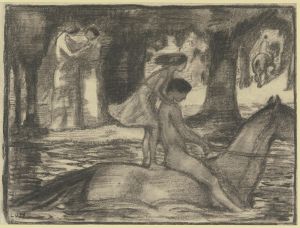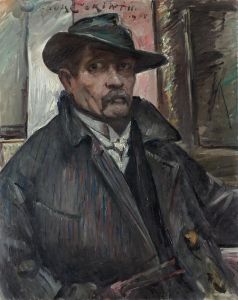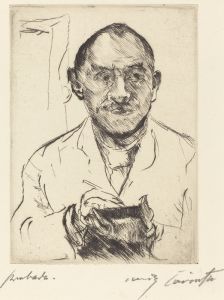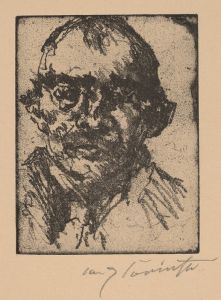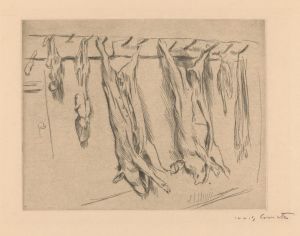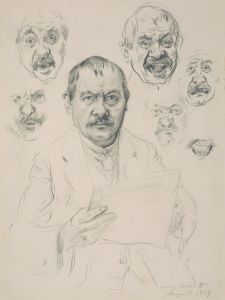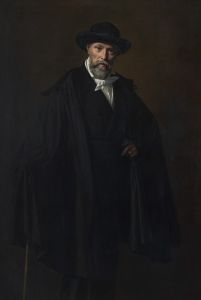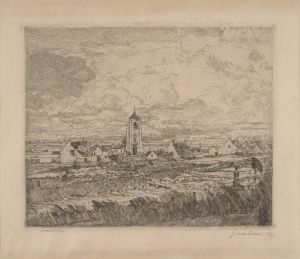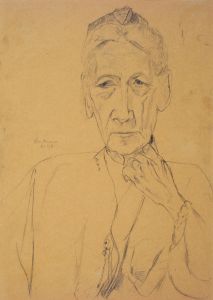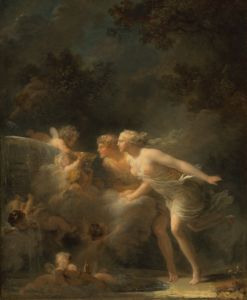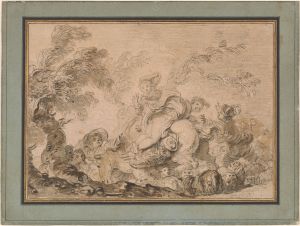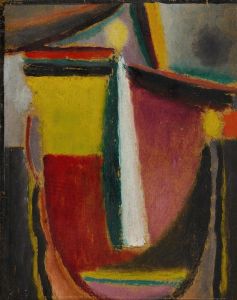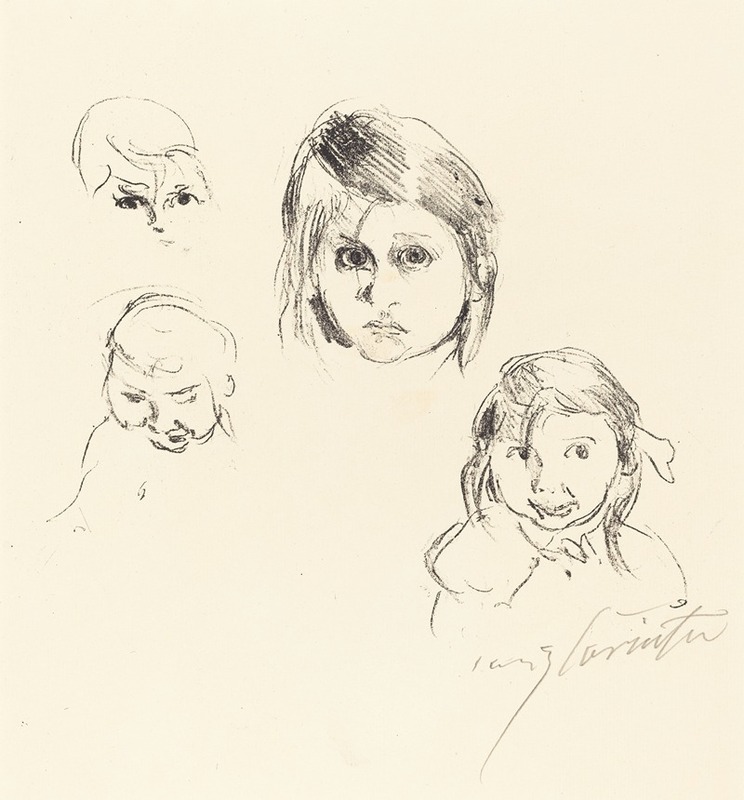
Heads of Children
A hand-painted replica of Lovis Corinth’s masterpiece Heads of Children, meticulously crafted by professional artists to capture the true essence of the original. Each piece is created with museum-quality canvas and rare mineral pigments, carefully painted by experienced artists with delicate brushstrokes and rich, layered colors to perfectly recreate the texture of the original artwork. Unlike machine-printed reproductions, this hand-painted version brings the painting to life, infused with the artist’s emotions and skill in every stroke. Whether for personal collection or home decoration, it instantly elevates the artistic atmosphere of any space.
Lovis Corinth was a prominent German painter and printmaker, known for his significant contributions to the transition from Impressionism to Expressionism in the late 19th and early 20th centuries. One of his works, "Heads of Children," exemplifies his skill in portraiture and his ability to capture the essence of his subjects with expressive brushwork and a keen sense of color.
"Head of Children" is a painting that reflects Corinth's interest in the human figure and his ability to convey emotion and character through his art. While specific details about the creation date and the exact circumstances of this painting are not widely documented, it is consistent with Corinth's broader body of work during his mature period, where he focused on portraits, landscapes, and genre scenes.
Corinth's style is characterized by a vigorous and dynamic application of paint, often using broad, sweeping brushstrokes that give his works a sense of movement and vitality. This approach is evident in "Heads of Children," where the textures and colors are applied in a way that brings the subjects to life, capturing the innocence and spontaneity of childhood.
The painting likely features multiple children, as suggested by the title, and showcases Corinth's ability to depict the subtleties of facial expressions and the individuality of each child. His use of color is both naturalistic and expressive, with a palette that enhances the warmth and immediacy of the scene.
Corinth's work during this period often reflected his personal experiences and the people around him, including his family and friends. His portraits are noted for their psychological depth and the way they convey the inner life of the subjects. In "Heads of Children," this depth is achieved through the careful rendering of the children's features and the lively, engaging composition.
Throughout his career, Corinth was influenced by various artistic movements and contemporaries, yet he maintained a distinct style that set him apart. His transition from Impressionism to a more expressive form of painting allowed him to explore new techniques and themes, making his work both innovative and influential.
"Head of Children" is a testament to Corinth's mastery of portraiture and his ability to capture the fleeting moments of life with both technical skill and emotional resonance. While specific details about this particular painting may be limited, it remains an important part of Corinth's oeuvre, reflecting his ongoing exploration of human emotion and the beauty of everyday life.
Lovis Corinth's legacy as an artist is marked by his ability to bridge different artistic movements and his influence on subsequent generations of artists. His work continues to be studied and appreciated for its contribution to the development of modern art, and "Heads of Children" is a fine example of his enduring impact on the world of painting.





